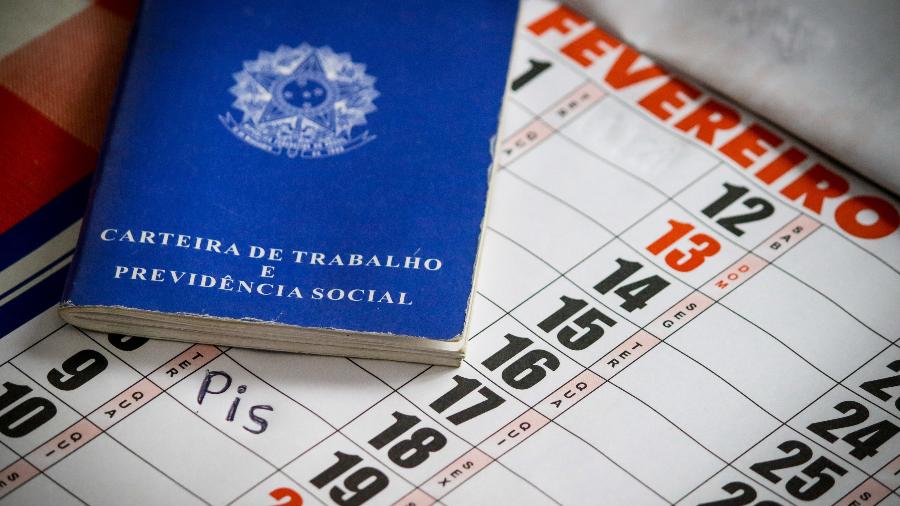Pagamento do 2º lote da restituição do IR já tem data definida; confira

O prazo para declarar o Imposto de Renda de 2025 encerrou-se em 30/05, e a Receita realizou o primeiro pagamento da restituição nesta mesma data. A próxima rodada de restituições será no dia 30/06, atendendo o segundo grupo de beneficiados.
Calendário oficial da restituição IR 2025:
- 1º lote: 30/05 (depositado)
- 2º lote: 30/06
- 3º lote: 31/07
- 4º lote: 29/08
- 5º lote: 30/09
Como funciona a ordem de recebimento:
Há uma lista de prioridades definida por legislação.
Começa com cidadãos com mais de 80 anos.
Depois vêm os maiores de 60, pessoas com deficiências ou condições graves de saúde.
Logo após, professores e quem optou por Pix na declaração automatizada.
Caso haja empate, quem entregou primeiro a declaração tem prioridade.
Como conferir se vai receber:
A consulta é feita no portal da Receita Federal com F, data de nascimento e ano de referência.
Caso a restituição ainda não tenha sido liberada, aparecerá a indicação "em fila de restituição", desde que não haja pendências.






















